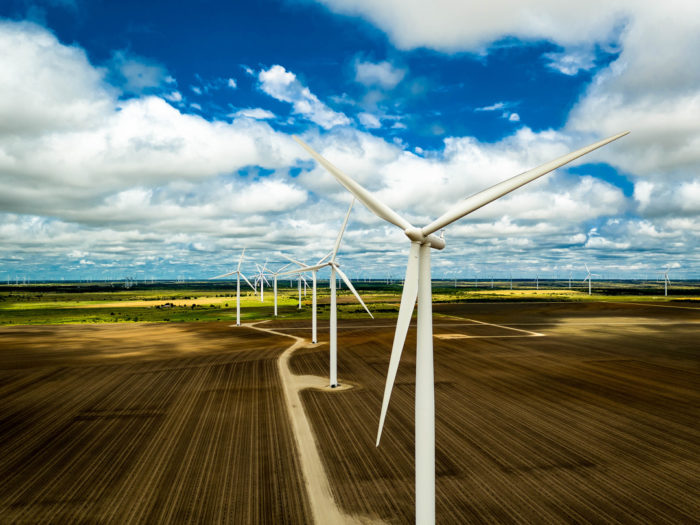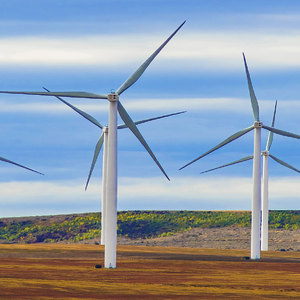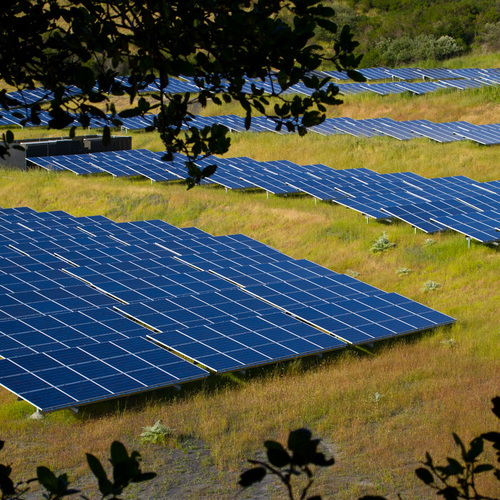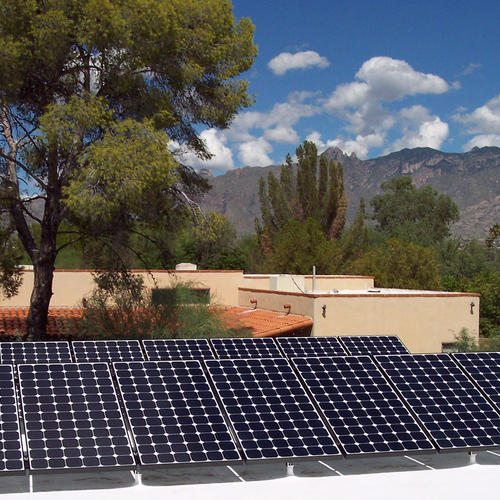
Image Credit: Daxis via Flickr
Republican tax bills now in the hands of congressional negotiators would weaken a variety of federal incentives for renewable energy, but a lot is riding on a final version of the bill the GOP hopes to pass by the end of the year.
The New York Times reports that wind and solar are two of the fastest growing energy sources in the country and provided 7% of the country’s electricity last year. Renewable energy is now less expensive than power provided by fossil fuel plants in some parts of the country as costs for wind and solar facilities continue to decline.
But both the House and Senate versions of the tax overhaul would make renewables less attractive. An analysis by the Rhodium Group shows that the two versions of the bill affect wind, solar, and other energy sources in different ways. House and Senate conferees are now trying to come up with a single version of the bill.
Many of the changes would affect utility-scale projects, although some would have an impact on small-scale facilities. For example, the House bill extends the 30% investment tax credit for small wind projects through 2021 before phasing it out. But it requires a plan for continuous construction rather than simply starting construction in order to claim the credit, a disadvantage.
For solar energy, the House bill would make it harder for developers to get projects on the books before 2020 when the 30% credit begins to drop. For both solar and wind energy, the Senate’s inclusion of a provision called Base Erosion Anti-Abuse Tax, or BEAT, designed to stop big companies from shifting profits overseas, would have the effect of reducing the value of current investment tax credits. That could dry up financing for many solar and wind projects.
If you’re thinking about buying an electric vehicle, start rooting for the Senate’s version of the bill. It keeps the $7,500 federal credit while the House version eliminates it.
Reaction has been predictably mixed.
At a recent White House event aimed at giving a plug to the GOP tax plan, a coal plant employee from North Dakota thanked President Trump for the House plan to cut the production tax credit for wind because the credit has “destroyed” the energy market. “Wind production has really eroded our state tax base and replaced coal production when it comes to electricity production,” Jessica Unruh told the president.
On the other hand, the American Wind Energy Association warns of a sharp decline in wind installations if the Republican plan passes.
“We would see a drastic drop-off in wind installations,” Michael Goggin, the senior director of research at the American Wind Energy Association told The Times. “We’re already seeing orders put on hold and projects not able to get refinancing. Even the threat of this bill is having a chilling effect.”
Long-term picture is still positive for renewables
Steadily declining prices for renewable energy point to continued adoption, despite provisions in the pending legislation. The wind and solar industries have been expecting a gradual loss of federal tax subsidies over the next several years, but if the changes are sudden, fewer projects would be started and electricity prices would go up in markets already committed to putting more renewable energy on the grid.
The debate comes at a time when the production of solar electricity is surging. PV Magazine reports that solar electricity grew by 47% in the first nine months of the year over the same period a year ago.
Citing figures from the U.S. Energy Information Agency, the magazine said that solar electric output in every single state had increased. Some states more than doubled the amount of solar electricity they generate. California is still the leader with more than five times the output of Arizona, the number two state.
The growth of residential solar was 32% from 2016 to 2017, with the PV’s overall market share rising from 1.3% to 1.9%.
Weekly Newsletter
Get building science and energy efficiency advice, plus special offers, in your inbox.















One Comment
How is this a "disadvantage"?
"But it requires a plan for continuous construction rather than simply starting construction in order to claim the credit, a disadvantage."
The whole point of such credits is to encourage growth in the renewables market. Taking the credit to "break ground", just to put off actually working on the project for years (if ever), does not do this.
Log in or create an account to post a comment.
Sign up Log in